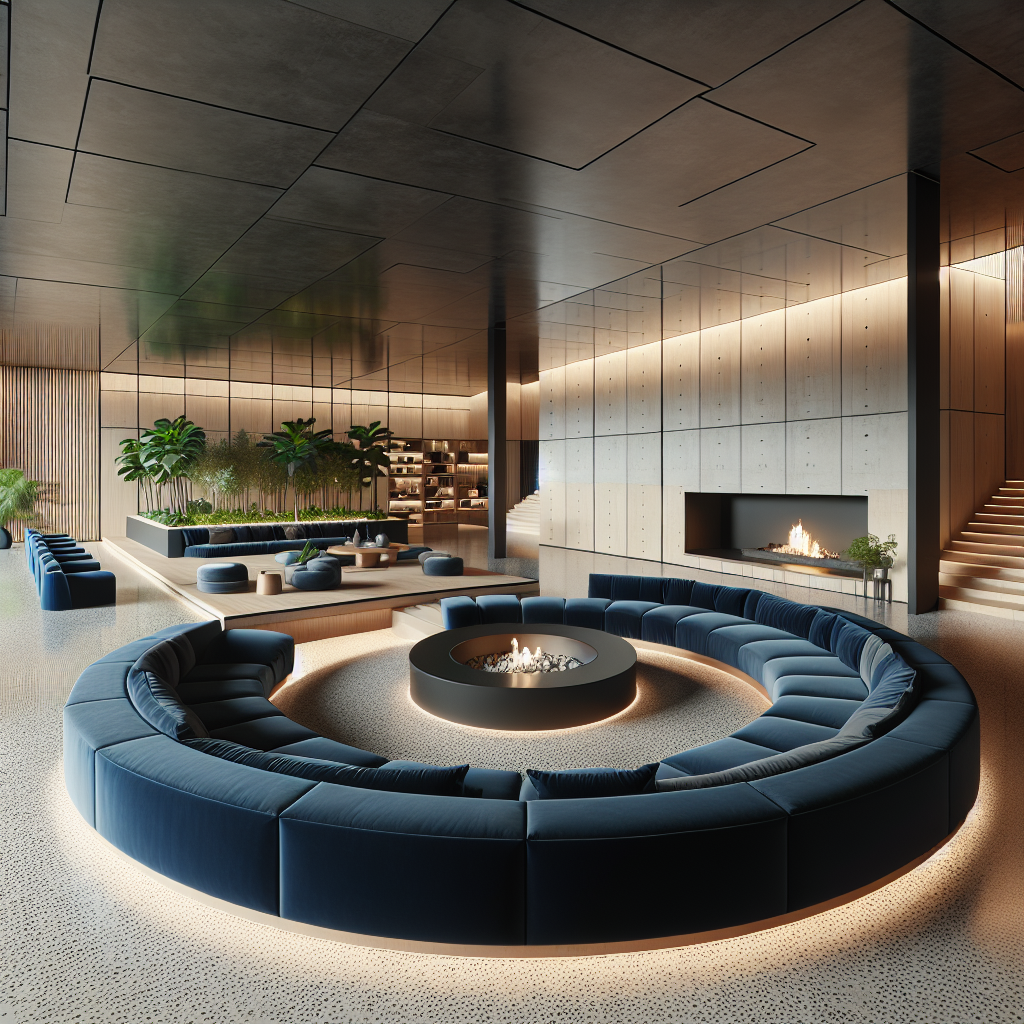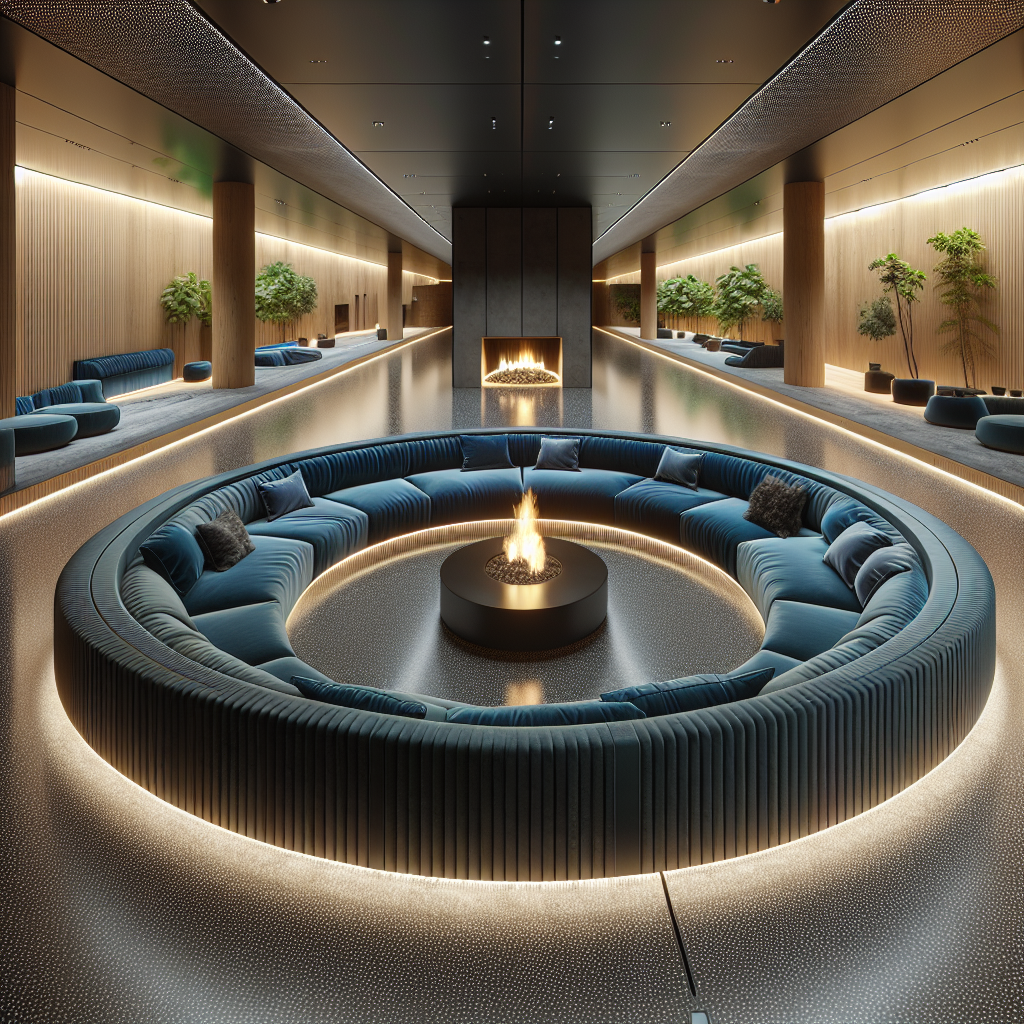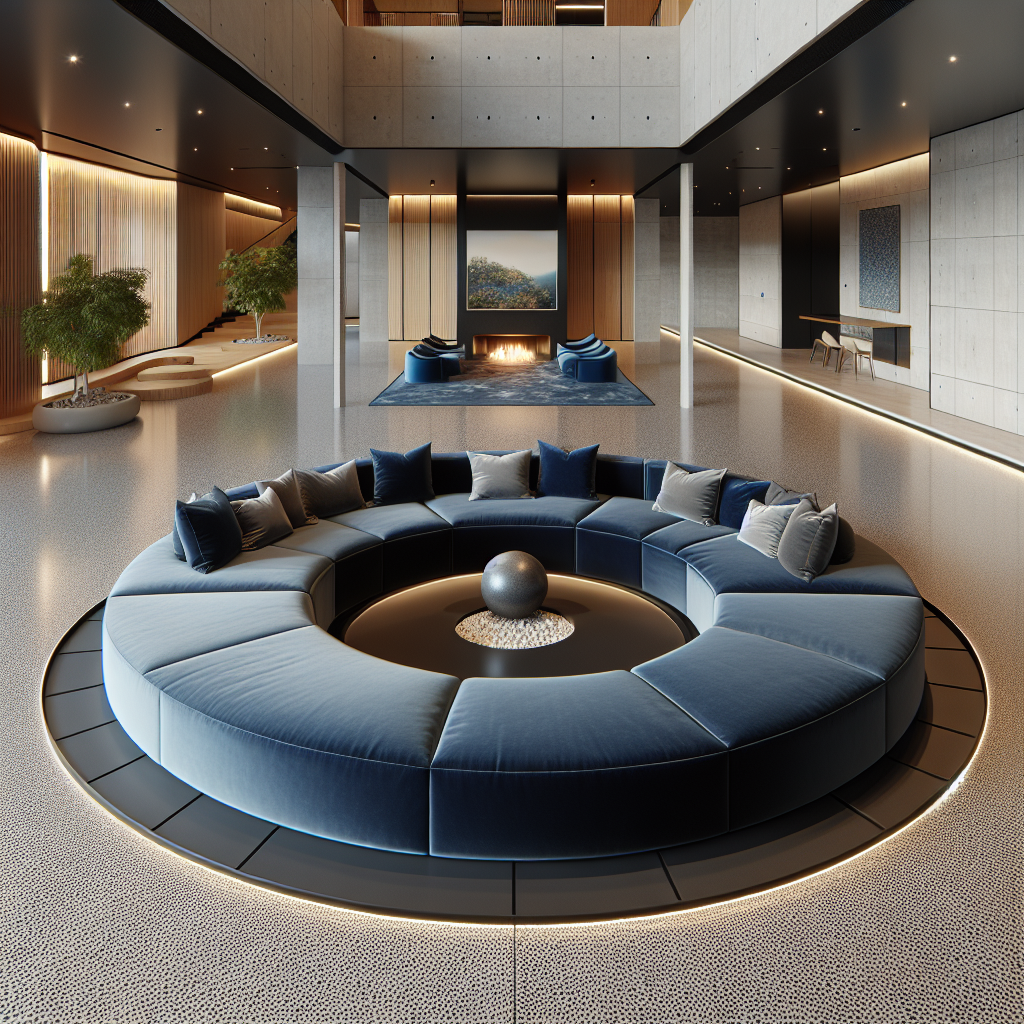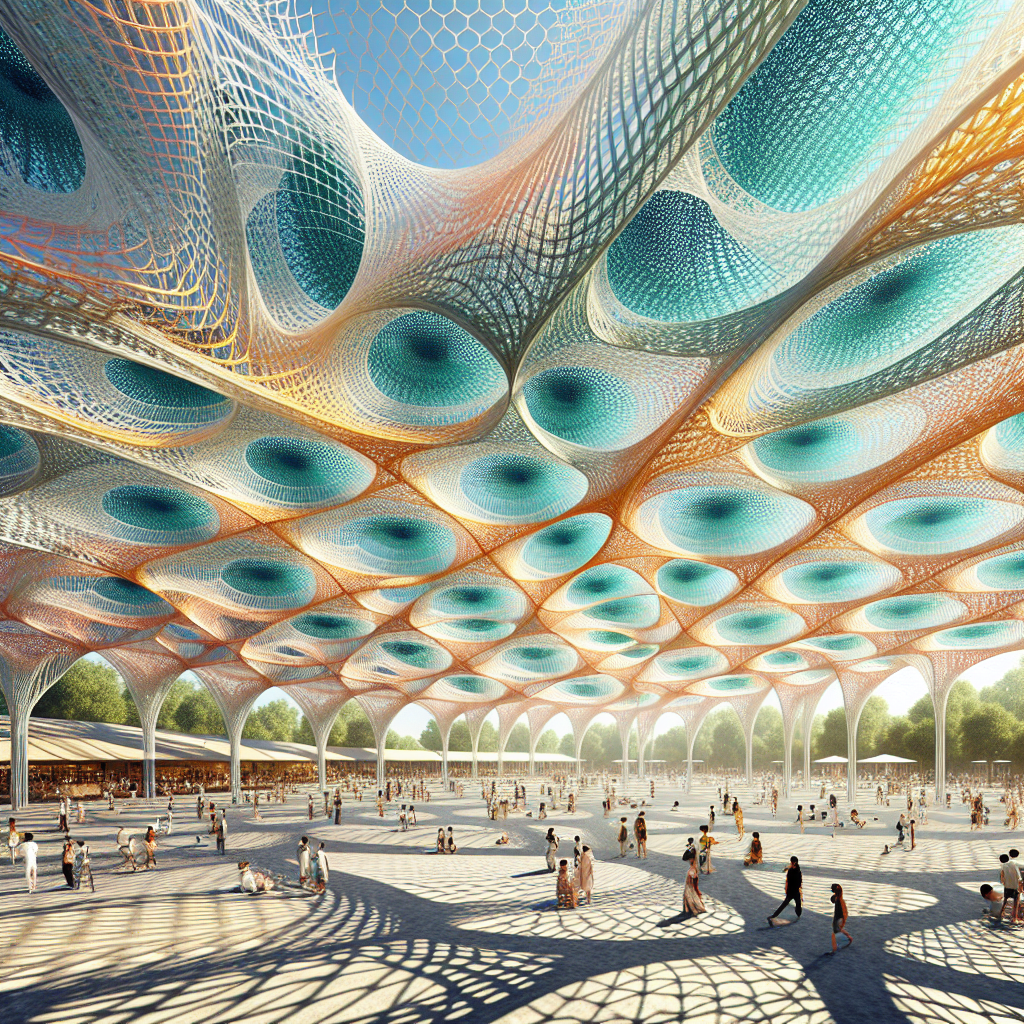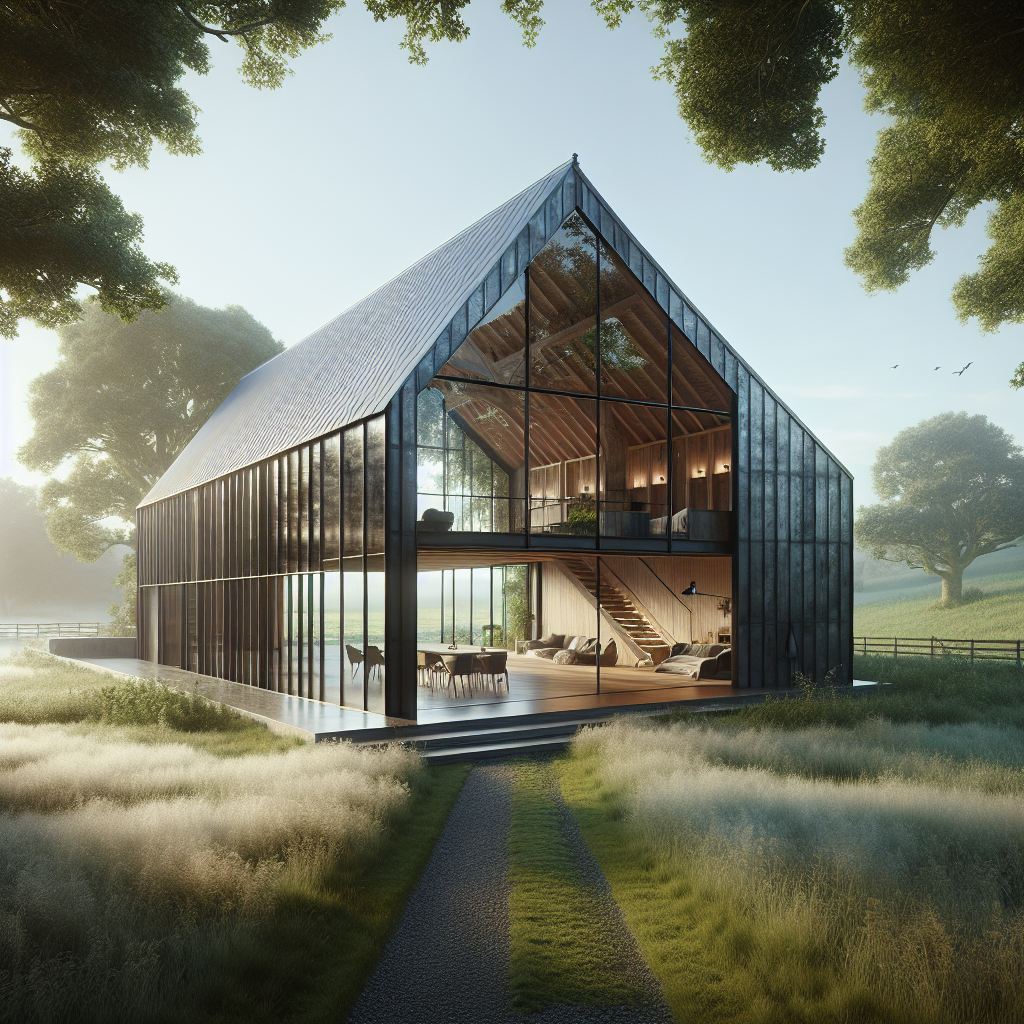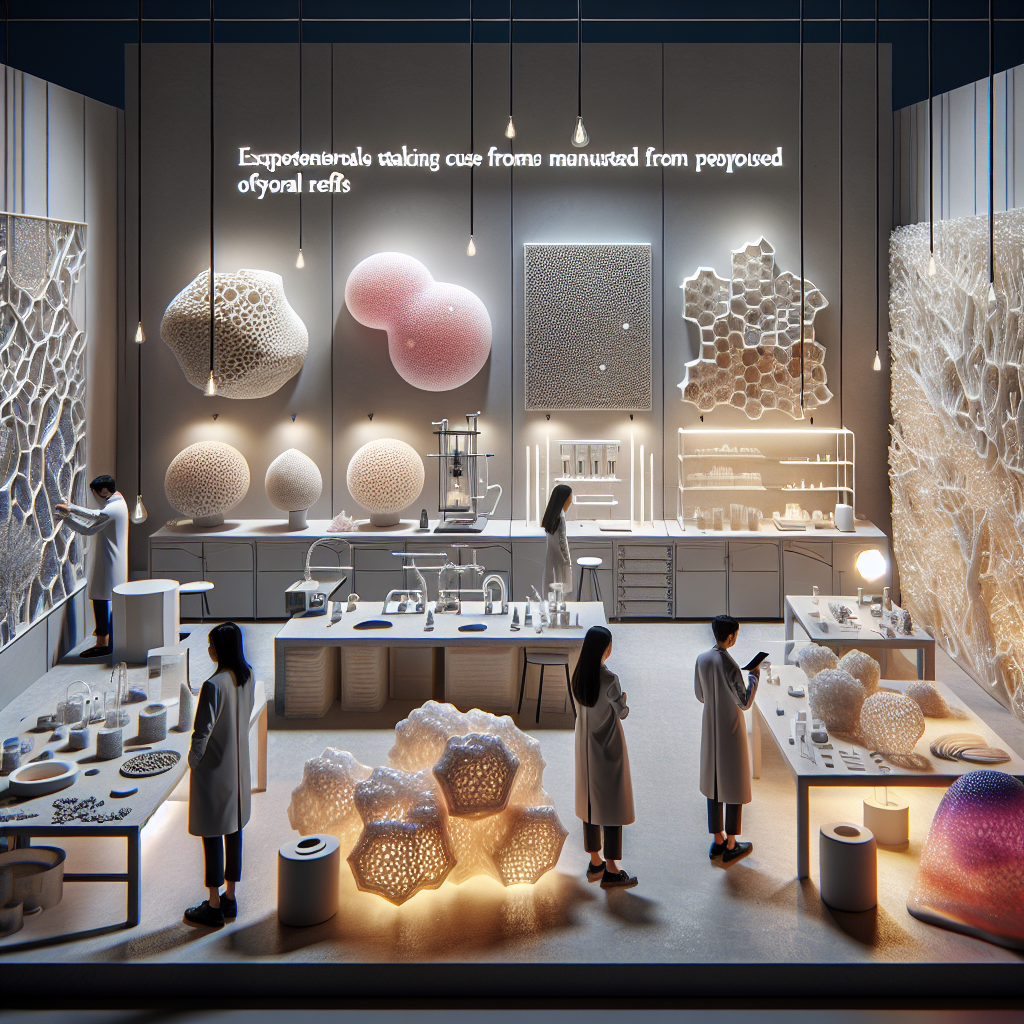Sunken seating conversation: pits returning in postmodern renovations
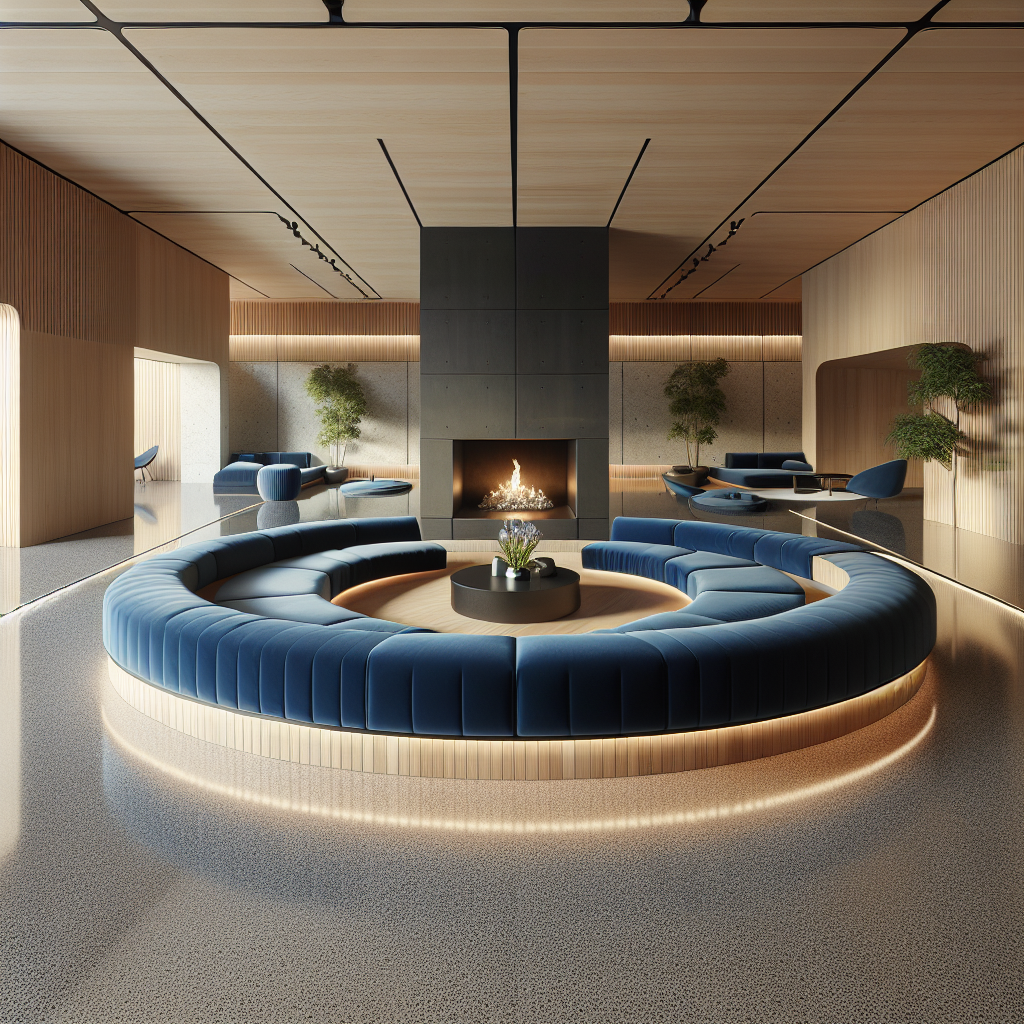
Sunken Seating Conversation: Pits Returning in Postmodern Renovations
In the ever-evolving landscape of interior design, certain elements rise, fade, and resurface, echoing the cyclical nature of trends. One such architectural feature experiencing a compelling revival is the sunken seating conversation pit. Once emblematic of mid-century modern interiors, these recessed seating areas are reemerging in contemporary postmodern renovations, offering designers and architects an opportunity to blend nostalgia with innovation, intimacy with openness, and functionality with aesthetics.
The Rise, Fall, and Rebirth of the Conversation Pit
Originating in the 1950s and reaching peak popularity in the 1960s and 1970s, conversation pits were designed to foster intimate gatherings and social interactions. Architects such as Eero Saarinen and Bruce Goff championed these spaces, embedding them within open floor plans to create cozy enclaves. However, by the 1980s, shifting tastes and the rise of minimalist interiors saw these recessed lounges fall out of favor, perceived as impractical or outdated.
Yet, in recent years, a renewed appreciation for retro aesthetics and a desire for human-centric design have sparked the resurgence of conversation pits. Today’s architects and designers are reinterpreting these sunken spaces through a contemporary lens, balancing their original charm with modern functionality. According to recent industry analyses, searches for “sunken seating” and “conversation pits” have increased significantly, indicating a strong revival trend among sophisticated homeowners and design enthusiasts.
Designing for Connection and Comfort
The renewed interest in conversation pits is deeply tied to their inherent ability to foster genuine human interaction. In an era dominated by digital connectivity, these spaces offer a tangible, physical environment conducive to face-to-face conversations and communal experiences. Architecturally, the sunken pit creates a distinct spatial hierarchy, subtly separating the social zone from the rest of the interior while maintaining visual openness.
Consider the recent renovation of a mid-century home in Palm Springs by renowned architect Sarah Akimoto. The central living area features a meticulously restored conversation pit, seamlessly integrated into the open-plan layout. Plush, velvet-upholstered seating encircles a sleek, minimalist fireplace, inviting guests to gather in comfort and style. Akimoto notes, “The conversation pit provides a sense of intimacy that’s often missing in contemporary interiors. It encourages people to pause, connect, and engage in meaningful dialogue.”
Materiality and Aesthetic Innovations
While traditional conversation pits often featured earthy tones, shag carpets, and plush upholstery, contemporary interpretations are embracing diverse materials and innovative aesthetics. Designers are experimenting with luxurious fabrics, polished concrete, sustainable timber, and even integrated technology to elevate these spaces into modern masterpieces.
In a recent renovation of a penthouse apartment in New York City, interior designer Matteo De Luca incorporated a striking conversation pit clad in polished terrazzo. The pit’s circular form, accentuated by integrated LED lighting, creates a dramatic focal point within the minimalist interior. De Luca emphasizes, “Material choice is crucial. Terrazzo provides durability and visual richness, making the conversation pit both functional and sculptural.”
Similarly, biophilic design principles are increasingly influencing conversation pit renovations. Integrating natural elements such as indoor plants, water features, and organic textures can significantly enhance the psychological and physiological well-being of occupants, as explored in-depth in our article on biophilic design and its impact on human health and well-being.
Technological Integration and Sustainability
Advancements in technology and sustainability are further shaping the evolution of conversation pits. Architects are incorporating smart home systems, automated lighting, and integrated audio solutions to enhance user experience. Additionally, sustainable materials and eco-conscious construction practices are becoming standard in these renovations, aligning with broader industry movements toward net-zero and environmentally responsible design, as detailed in our exploration of the path to net-zero for design and architecture.
A notable example is the recent adaptive reuse project in Melbourne, Australia, where an abandoned warehouse was transformed into a residential loft featuring a sunken seating area. Architect Olivia Bennett utilized reclaimed timber and recycled materials throughout the pit, complemented by energy-efficient LED lighting and smart home integration. Bennett explains, “Sustainability and technology aren’t just trends—they’re essential components of responsible design. The conversation pit, with its inherent social function, is an ideal canvas for showcasing these principles.”
Influences from Popular Culture and Media
The resurgence of conversation pits can also be attributed to their portrayal in popular culture and media. Films, television series, and digital platforms frequently showcase interiors featuring sunken seating, sparking renewed interest among audiences. The iconic sci-fi film “Blade Runner 2049,” for instance, prominently features futuristic yet nostalgic interiors, including recessed seating areas that echo mid-century aesthetics. Our analysis of technology’s impact on futuristic city design in Blade Runner 2049 highlights how cinematic portrayals influence real-world architectural trends.
Challenges and Considerations
Despite their growing popularity, conversation pits present unique design challenges. Accessibility concerns, spatial constraints, and safety considerations must be carefully addressed. Architects and designers must ensure that these recessed areas comply with building codes and accessibility standards, incorporating features such as handrails, adequate lighting, and non-slip surfaces.
Furthermore, integrating a conversation pit into an existing structure requires meticulous planning and structural analysis. As architect Lucas Moreno notes, “Retrofitting a sunken seating area demands a thorough understanding of the building’s existing framework. Collaboration between architects, structural engineers, and interior designers is essential to ensure both aesthetic harmony and structural integrity.”
The Future of Conversation Pits in Interior Design
As the boundaries between residential, commercial, and hospitality spaces continue to blur, conversation pits are poised to become versatile features across diverse environments. Hotels, co-working spaces, and luxury retail boutiques are already embracing these recessed seating areas to foster social interaction and enhance user experience.
Moreover, emerging trends such as augmented reality and virtual reality are influencing how designers conceptualize and visualize these spaces. As discussed in our article on virtual reality in architecture, digital tools enable architects and clients to experience and refine conversation pit designs before construction, ensuring optimal outcomes.
Ultimately, the revival of sunken seating conversation pits reflects a broader shift toward human-centric, experiential design. By merging nostalgia with innovation, intimacy with openness, and aesthetics with functionality, these spaces offer architects and designers a compelling canvas for creativity and connection. As we continue to navigate an increasingly digital world, the conversation pit’s return symbolizes our enduring desire for meaningful, tangible interactions within thoughtfully designed environments.
For further exploration of architectural trends and innovations, consider visiting the comprehensive overview of Mid-century modern design, insights into biophilic design, or the principles of postmodern architecture.
